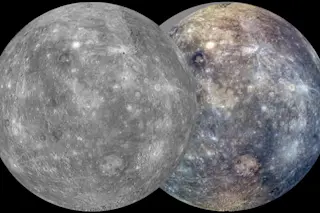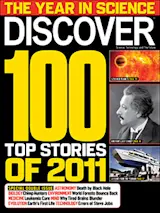Laurel, Maryland—On the appointed afternoon last March 17, as the Messenger spacecraft prepared to insert itself into orbit around Mercury, the Johns Hopkins University Applied Physics Laboratory braced for hundreds of visitors intent on sharing the historic moment. The lab—called by its acronym APL (rhymes with JPL, as in the NASA facility on the West Coast)—lies on a bucolic campus halfway between Baltimore and Washington, D.C. Most of the facility’s 400 acres are restricted, including the areas dedicated to the construction of marvels such as Messenger and the New Horizons spacecraft now heading for a 2015 rendezvous with Pluto. Aside from anxiously anticipating the evening’s crucial maneuver, Messenger project manager Peter Bedini was concerned about granting his official guests the prime viewing positions they coveted inside the tense, cramped quarters of the Mission Operations Center, APL’s version of Mission Control.
The difficulty of orbiting Mercury, the solar system’s innermost planet, ...















